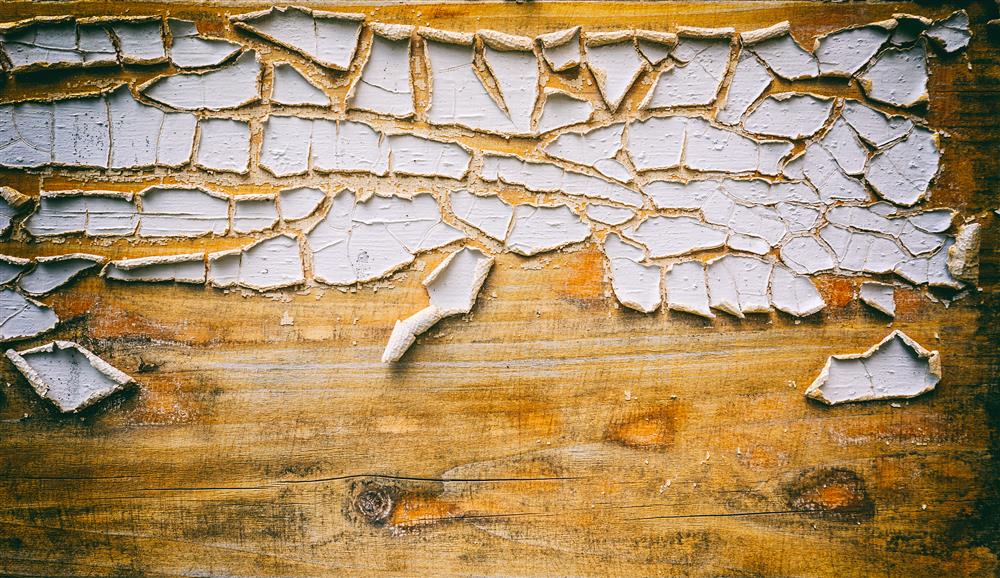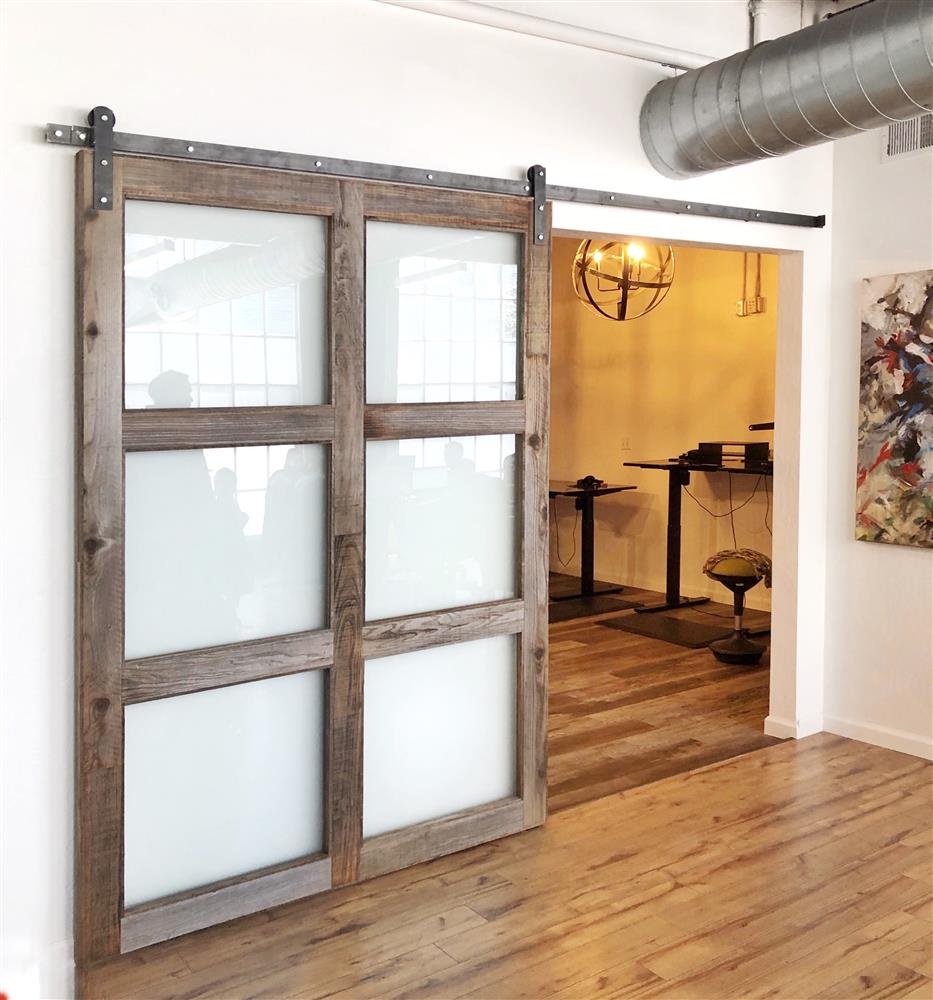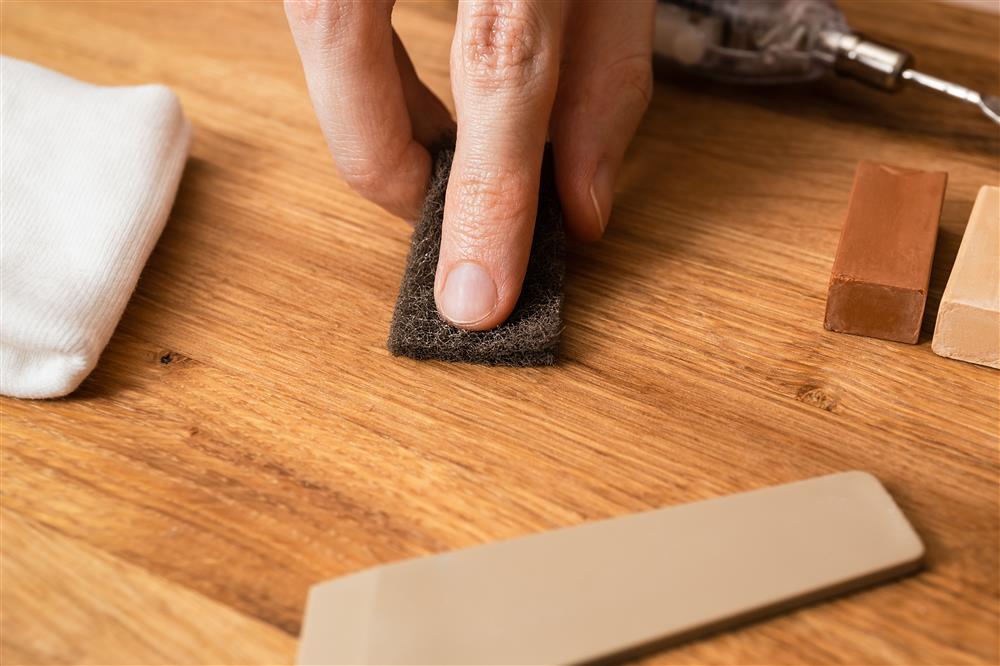
Removing paint from wooden doors does not have to be a very difficult task, just follow the steps explained in this blog and you’ll be able to safely remove any paint from your door so that you can reimagine the style you want it to have. We will cover the do’s and don’ts as well as some rookie mistakes that you can avoid, saving yourself some time and effort.
The Setup: Get Your Prepping Done Before You Start
The trick to making this a smooth and straightforward task is getting everything you need ready before you start. A lot of the time we start the process without collecting everything we need, which ultimately results in us frantically running around looking for equipment.
Gear: What Are You Going To Need?
First of all, you will need some safety gear. This includes gloves, safety goggles/glasses, a respirator, and long-sleeve clothing. Most people believe that they don’t need safety gear for numerous DIY projects, but please keep in mind that one minor slip-up could result in injury – not to mention what inhaling certain fumes will do to you.
Prepare The Area: Where Should You Start Your Project
If you don’t want to be cleaning stains, paint chips, and sanding dust for the next few weeks, we recommend covering the floor of your chosen work area with a drop cloth. Ensure that your work area is well-ventilated to reduce the risk of breathing in harmful fumes or dust particles. To increase the ventilation of your workspace you can either work outside, use fans and one or more open windows, or if these are not possible, try to leave the room and take breaks often.
Apply Your Paint Stripper
Before covering your entire door with a paint stripper, apply it to an inconspicuous area so that you can determine how long you need to leave the paint stripper before scraping off the paint. When this is done you can apply it to the rest of the door. Be sure to read the instructions on your paint thinner container and that you apply it in a thick, even coat.
Let your paint thinner sit for the necessary amount of time. This time does vary depending on the thinner, the paint’s type and the thickness of the coat. Follow the instructions on the paint thinner container and be patient as rushing a task like this will only result in more effort on your part.
Scrape Off The Paint
Use a plastic scraper and remove as much paint as you can – we use a plastic scraper as they are less likely to damage your door. If there are any stubborn areas where the plastic scraper simply is not cutting it, try using a metal scraper – just be sure to be careful so that you do not damage the wood underneath the paint. If for some reason there are still areas of paint that won’t come off, use a wire brush, but again, be careful not to damage the wood.
Sand Your Door: Almost Done!
When all of the paint has been removed from your door, sand the door. Start on a coarse grit and move your way up to a smooth grit. This will help remove any imperfections from the surface of the door and will leave you with a perfectly smooth surface. Patience really counts in this step of the project, if we rush sanding, we will be left with an uneven surface texture. Take your time and enjoy the process!
Dispose Of Your Paint Stripper: The Last Step
It is important to dispose of your paint stripper properly, your paint stripper container should have instructions on how to safely dispose of your paint stripper. We want to ensure that we get rid of our paint stripper safely and properly as it can cause harm to people and the environment.
What Are The 5 Don’ts Regarding This Type Of Project?
- Do not work in an enclosed space. The fumes from paint thinner can very quickly build to the point where a face mask will not keep you from becoming dizzy – or even falling unconscious! Don’t make this rookie mistake and work in a well-ventilated area (and remember your respirator).
- Do not become aggressive or impatient when sanding the door. We understand that sanding a door down can be tedious, tiring, and time-consuming – especially if you don’t have a belt sander. That being said, don’t make the rookie mistake of rushing the job or sanding too aggressively, as this will only result in damaged wood and a visually unappealing finish or texture on your door.
- Do not use a paint stripper on lead paint. As we know, lead paint is highly toxic and can cause some serious health problems. The rookie mistake here would be assuming that we can use a paint stripper to deal with lead paint at home without facing health repercussions. Please get the lead paint removed by a professional.
- Never eat or drink while you are working with a paint stripper or while you are sanding your door. This rookie mistake is the best way to ensure you ingest harmful substances. When you want to eat or drink, please ensure you leave your working area and eat or drink after cleaning your hands thoroughly and removing any contaminated gear.
- Do not dispose of your paint stripper or your sanding dust down the drain, or in your trashcan. These substances are classified as hazardous waste and should be treated as such. Avoid the rookie mistake of not following proper protocol when disposing of these substances.
Seeking Professional Advice
Do not hesitate to get in touch with the Doors Direct team if you have any questions or concerns, we would be more than happy to guide you through whatever you need. Remember that with a little preparation and a little bit of love and care, you can transform your home into something beautiful. If you want your doors and other wooden installations to last, all you need is to follow the appropriate protocol and give them some TLC. Feel free to check out our other blogs if you want more information and tips to assist in future projects, and to keep you safe.



